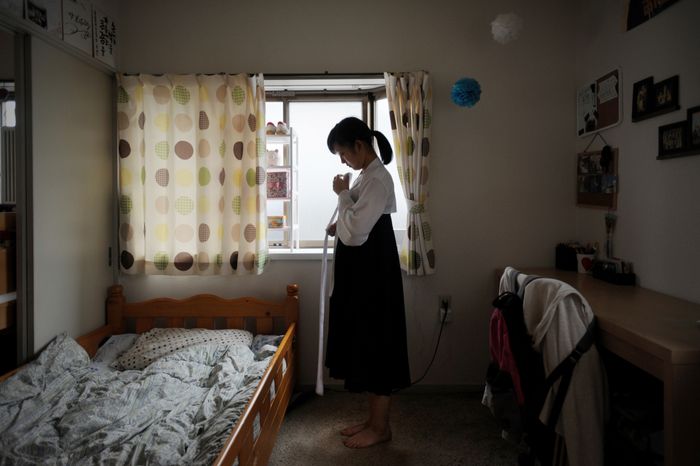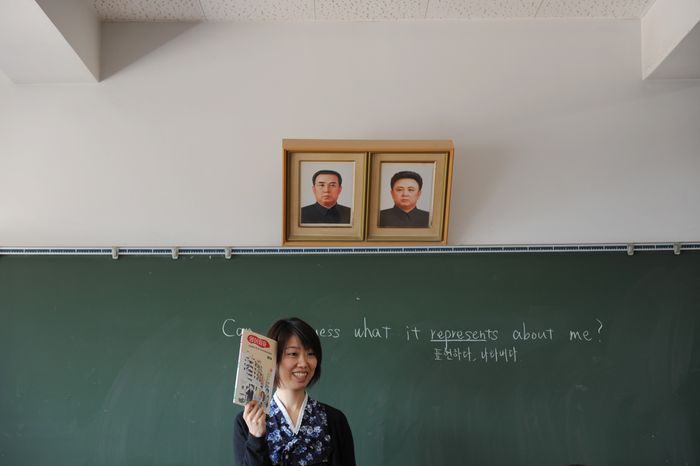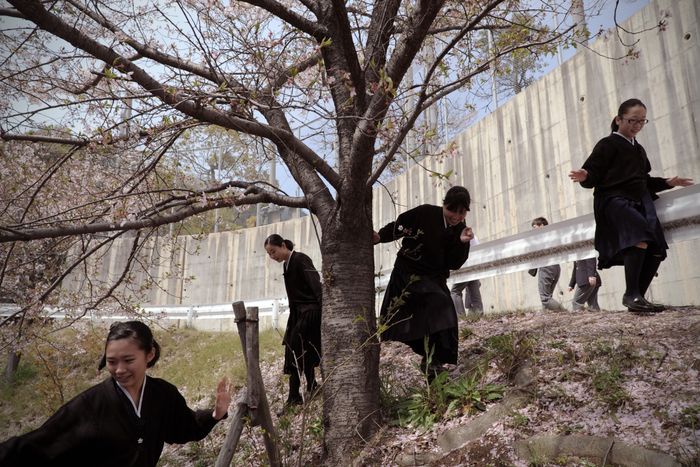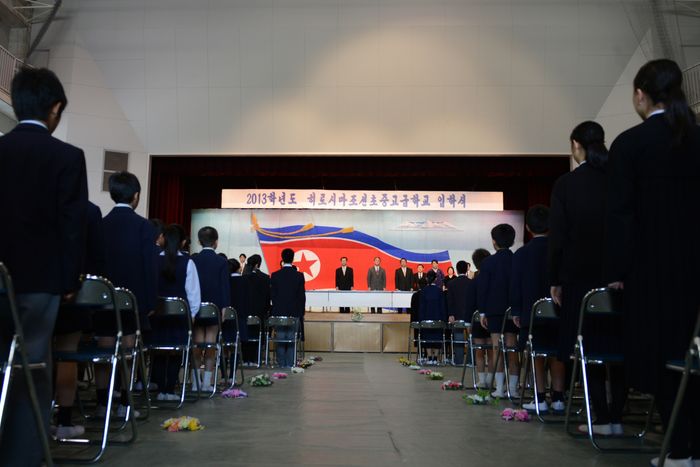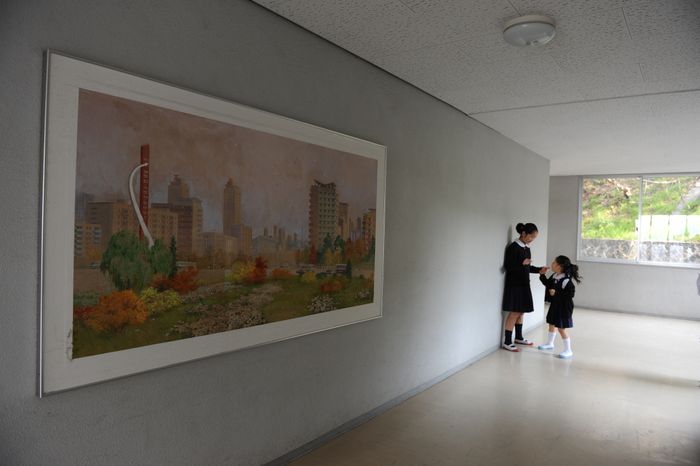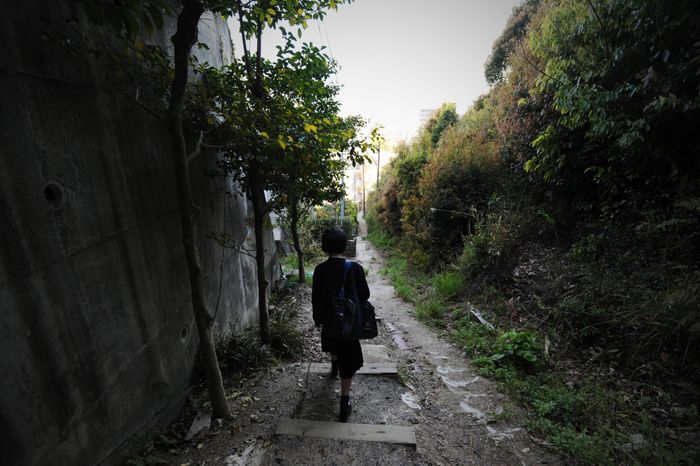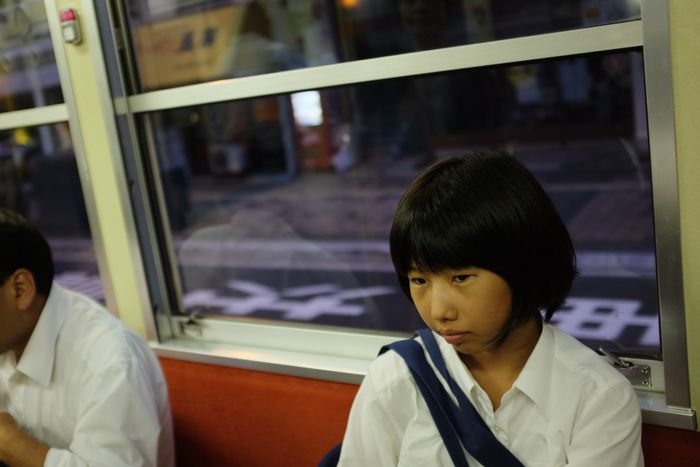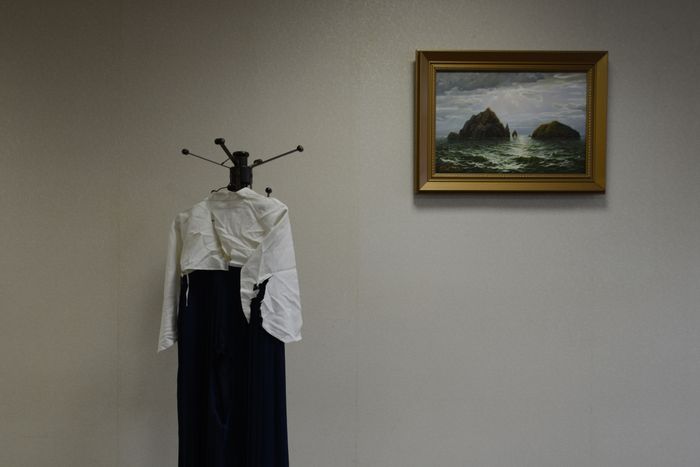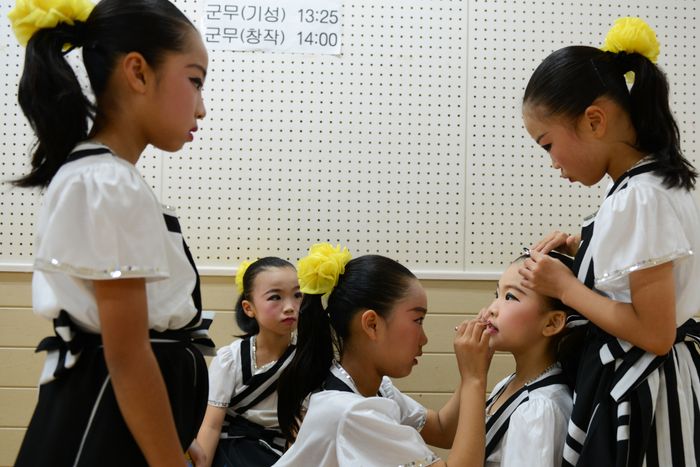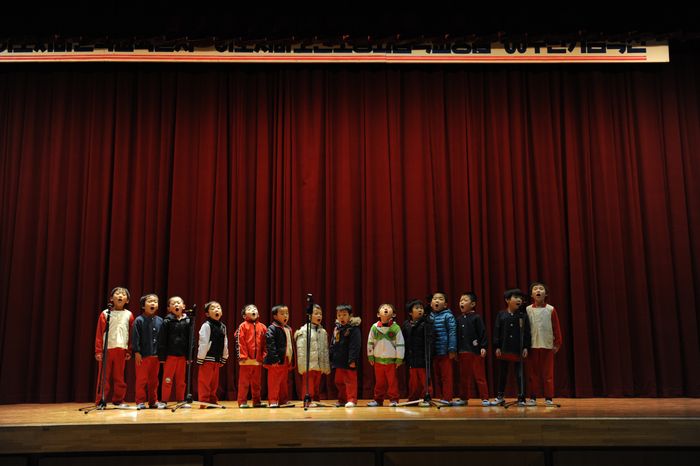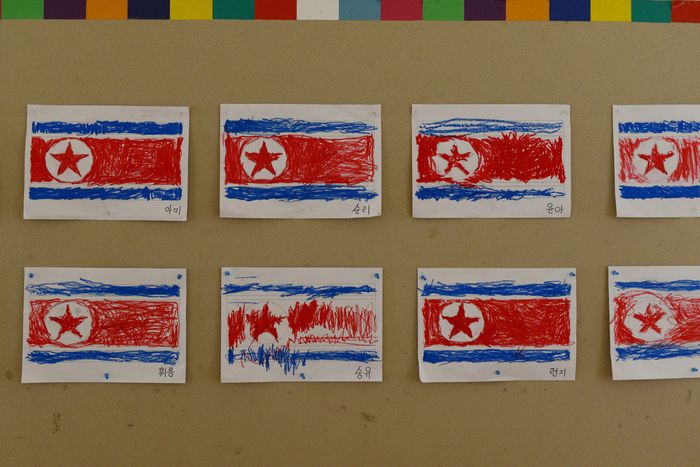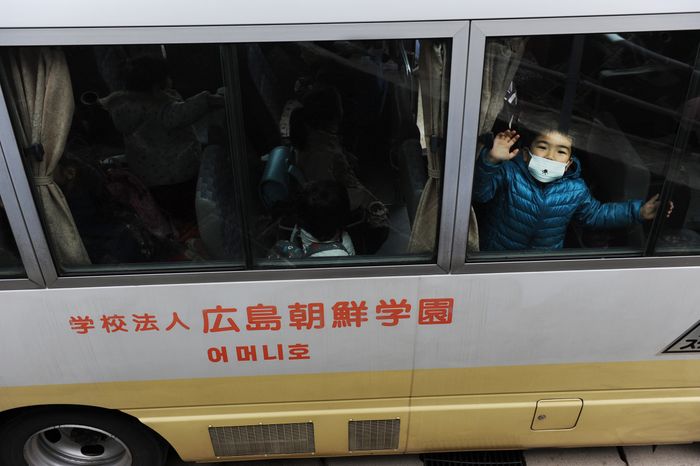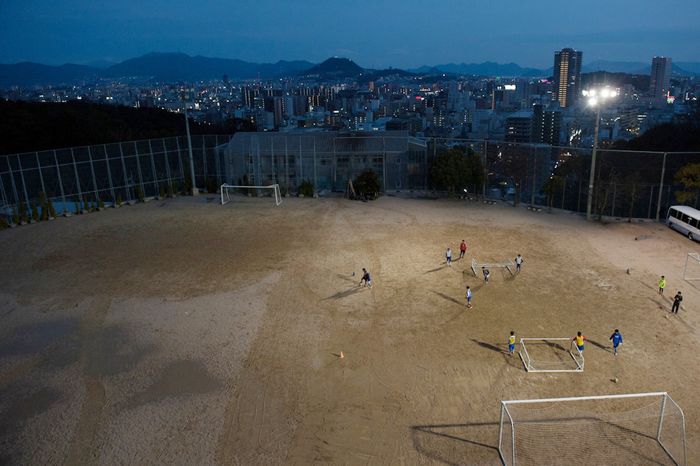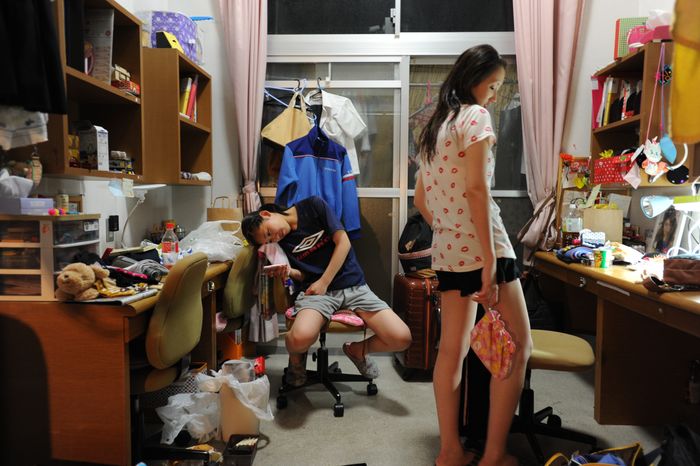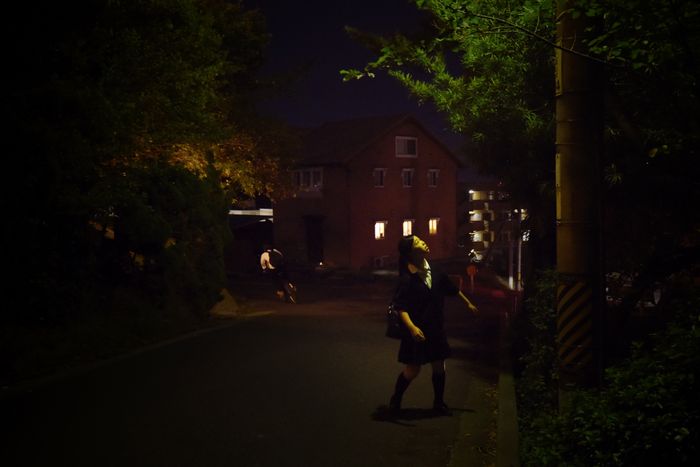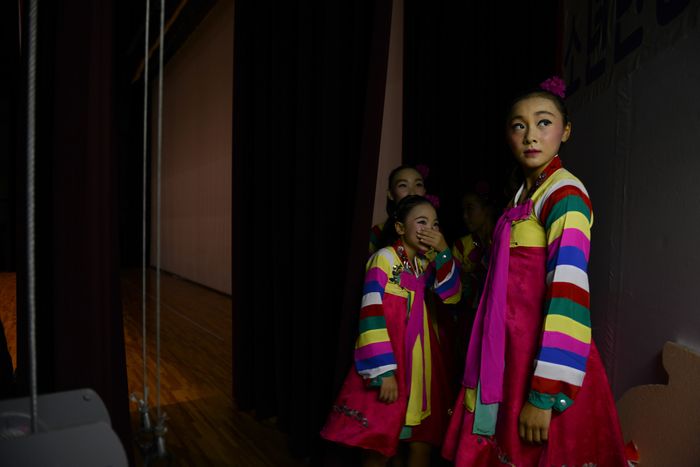Japan's invisible minority
Japan's invisible minority
Around 600,000 people of Korean descent are permanently resident in Japan today. Most are descendants of migrants brought to the country as laborers—initially when Japan annexed Korea in 1910, and again after World War II. Ethnic Koreans form an ‘invisible minority’, indistinguishable by their physical appearance, but nonetheless frequently subject to discrimination. The Korean School, and others like it, are funded by the Democratic People’s Republic of Korea (DPRK, also known as North Korea), to which they became affiliated following the division of Korea after World War II. Due to political tension between Japan and North Korea, so offers no subsidy to the schools. Lessons are in Korean, students learn Korean songs, and spend their final year studying in the DPRK. Some wear chima-jeogori uniforms, in traditional Korean style (though others wear a more common Japanese high-school uniform, to avoid harassment out in the street). Japanese society at large may see the schools as secretive, yet for many students, school offers a feeling of protection and an opportunity to share common experiences.
